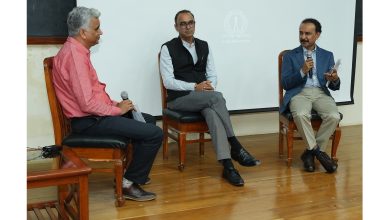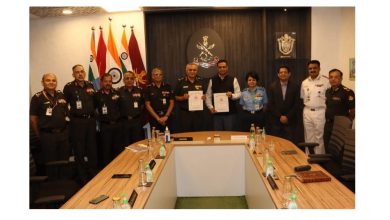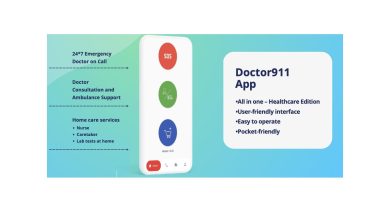Supraflex vs Xience: 2-yr data shows trend towards lower target vessel failure with Indian stent

San Francisco/ Mumbai, October 9, 2019: The ultra-thin Supraflex drug-eluting stent (DES) from SMT maintained numerically lower outcomes at two years of follow-up in a randomized trial against Abbott’s Xience stent, according to results presented at Transcatheter Cardiovascular Therapeutics (TCT) 2019 in San Francisco.
Patients who got Supraflex stent in the Talent trial had target lesion failure occur among 6.9% at 720 days (vs 7.9% of Xience recipients), according to a presentation by Dr. Azfar Zaman, Freeman hospital in UK.
Dr Patrick Serruys a globally renowned cardiology researcher was the chair for the TALENT trial. The findings of the TALENT trial were presented at the Transcatheter Cardiovascular Therapeutics 2019 (TCT), the largest global conference of cardiologists currently concluded in San Francisco, USA. This study was conducted in 7 countries – United Kingdom, Netherlands, Poland, Spain, Italy, Hungary and Bulgaria – across 23 renowned centres with a sample size of 1435 patients. Xience is regarded as global standard in safety and efficacy for drug eluting stents.
Presenting the findings of TALENT trial, Dr A Zaman, UK said, “Safety and efficacy of Supraflex SES with ultra-thin struts and biodegradable polymer were compared with Xience EES in all comers-population. Supraflex was found to be non-inferior to the Xience for DOCE (device-oriented end points) at 24 months in an all comer-population.” Padma Shri Dr Upendra Kaul, one of the leading cardiologists from India was the co-chair of the TALENT Study. Commenting on the study, Dr Kaul said, “There remained a perception that stents produced outside of India were superior to homegrown devices. There were demands from Indian manufacturers to prove that their devices are comparable to those made elsewhere in robust clinical trials.” Prof. R. de Winter, MD, Academisch Medisch Centrum, Amsterdam, The Netherlands; and A. Zaman, MD, Cardiac Catheter Laboratories, Royal Freeman, Newcastle, UK, were the Principal Investigators for the TALENT trial.
The individual components of this endpoint suggest that this difference was mainly driven by MI:
- Target vessel MI: 3.0% vs 3.8% (P=0.382)
- Cardiac death: 1.3% vs 1.6% (P=0.659)
- Clinically driven target lesion revascularization: 4.9% vs 5.3% (P=0.718)
Over the entire 2-year study period, stent thrombosis rates were similar between Supraflex and Xience groups. However, late and very late instances were more likely with Xience (0.5% vs 1.0%).
Supraflex is available in 75 countries across the world and has advanced features like biodegradable polymer and ultrathin strut* (60μm) thickness compared to 81 μm strut thickness and biostable polymer coating of Xience. The TALENT clinical study result matches with the published meta-analysis, highlighting benefits of lower strut thickness.
Piyush Savalia CMO, SMT said, “The result of Talent 2 year data has proved that Supraflex Stent with the best in class features – Ultra thin strut thickness across all diameters, proprietary biodegradable polymers matrix and sirolimus drug is not only as safe as the best in class stent but is numerically better in efficacy in almost all parameters at 2 years. The results from the all comers trial gives confidence to the physicians across the globe and will help in wider adaption.”
Medical fraternity views RCT as the highest level of evidence for assessing the quality of a medical product. The TALENT (Thin strut sirolimus-eluting stent in all-comers population vs everolimus eluting stent) trial, involving 1,435 patients, was carried out 1:1 comparing ultra-thin drug eluting stent Supraflex with Xience family of stents from Abbott. The study was conducted at 23 world-renowned centres across seven European countries, including UK, Netherlands, Poland, Spain, Italy, Hungary and Bulgaria.
A Randomised Clinical Trial (RCT) ensures that all the bias is removed and there is a fair comparison of two (or more) products. The TALENT RCT study was conducted in real world patient population with very minimal exclusion criteria. The Real world RCT therefore provides evidence that the clinicians would experience in their everyday practice.




